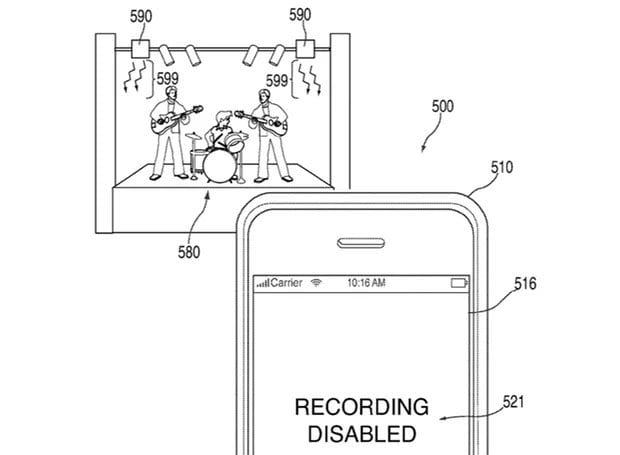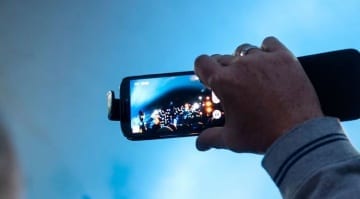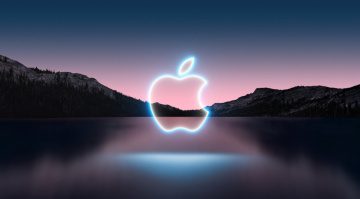Apple wins patent on technology to stop fans filming gigs
We’ve all been there. The gig of a lifetime and you’re in the thick of it ready for an awesome night and all you can see is a forest of hands holding phones trying to capture the experience. No one ever admits to being the one doing the filming but they are always there and always in the way. Apple believe they have the answer and have patented it.
The patent is described as “Systems and methods for receiving infrared data with a camera designed to detect images based on visible light”. It outlines how infrared light could be used to prevent filming. An infrared emitter could be located in areas where picture or video capture is prohibited. The emitter can generate infrared signals encoded with data that would disable the recording functions of such a device.
In other words, you’re at a gig, infrared emitters are on the stage and every time a frigging iPhone appears and points at the stage it’s recording function gets disabled. This seems to be what Apple are suggesting as a possible usage of the technology. There’s an illustration that accompanies the patent showing exactly that.
The problem is not just for the fans trying to see the band around a sea of glowing screens, it’s also a problem for the artists. YouTube gets filled up with unauthorised versions of the bands material. This might include previously unreleased tracks and of course the artist doesn’t get a penny of that. This technology could potentially rescue live performance for the enjoyment of everybody.
Of course, this is just Apple and so only relevant to the iPhone. I’m sure all the amateur filmmakers will simply bring along a nice wide Samsung instead. The patent application is a few years old and infrared does seem like an odd choice for data transmission, but who knows. I imagine that wearable infrared emitters will be the next craze so that you can walk around in complete anonymity while ruining the day of any iPhone owner wanting to take a selfie. I wonder what else you could do with this technology?
Sources:







